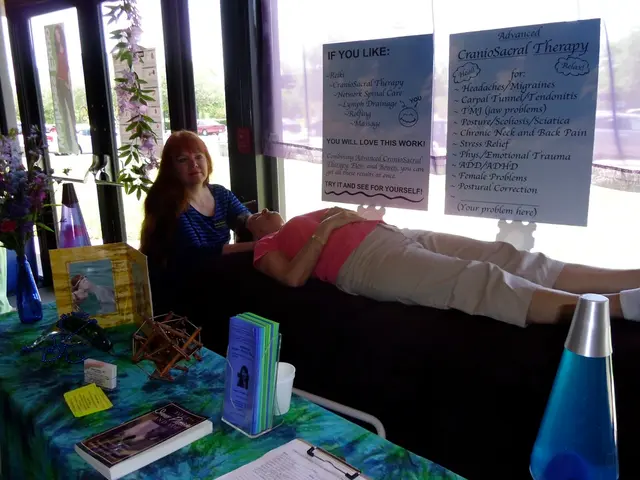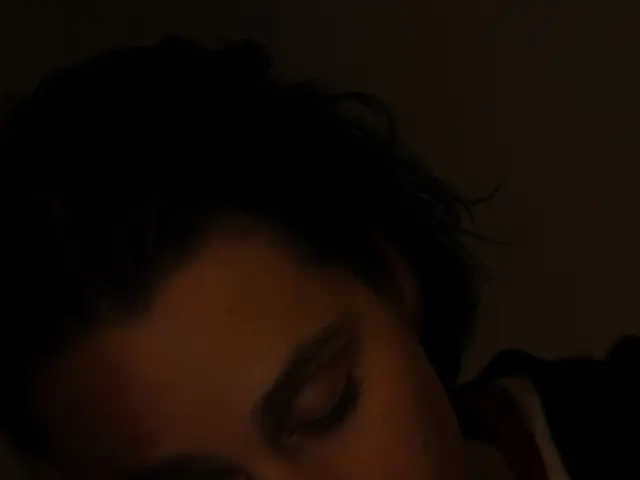Braces application: Examining potential discomfort and post-procedure expectations
Orthodontic treatment, often involving braces, plays a crucial role in correcting overcrowded or crooked teeth and an overbite. However, wearing braces can come with its fair share of discomfort, especially during the initial fitting and tightening phases. This article provides a comprehensive guide on managing common pain and discomfort associated with braces.
When an orthodontist fits the braces, most people will not experience immediate pain. On the other hand, when the braces are tightened, pain and discomfort are common. This discomfort is usually felt in the teeth and gums, but the cheeks and tongue have typically adjusted to the braces by this point.
In the first few days after fitting or tightening, pain may peak, but it gradually subsides to minimal levels within a week as the mouth adapts. During this period, several strategies can help alleviate discomfort and prevent irritation caused by the braces.
Over-the-counter pain relievers such as ibuprofen or acetaminophen are effective in reducing soreness and inflammation. Orthodontic wax application on brackets or wires that rub against the cheeks or lips creates a smooth barrier to prevent irritation and ulcers. Cold compresses applied externally to the jaw can numb the area and decrease inflammation, providing temporary relief from soreness after adjustments. Saltwater rinses soothe irritated tissues and promote healing of minor sores inside the mouth.
Eating soft foods such as soups, smoothies, mashed potatoes, and yogurt minimizes chewing discomfort. Avoiding hard, crunchy, or sticky foods helps reduce additional stress on sore teeth and gums during the first week and after tightening. Oral anesthetics can be applied directly to sore spots for temporary pain relief.
It's essential to maintain good oral hygiene during orthodontic treatment to prevent cavities and tooth decay. Keeping the mouth as clean as possible is crucial, and avoiding sticky, sugary foods is recommended.
In some cases, people may need to wear a removable retainer for a set period after the removal of the brace, either during the day or just at night. A retainer is a device that helps keep teeth in their new position after braces and is fitted after the removal of braces.
Some retainers are permanent and will require an orthodontist to glue them to the teeth in a similar way to braces. Removing braces involves removing the brackets, bands, and wires before cleaning the teeth to remove any glue.
If a person has severe pain that does not go away within a few days or after taking pain relievers, they should contact their orthodontist. In both cases of discomfort or pain, pain is typically manageable with these home care measures. However, persistent or severe pain should be assessed by an orthodontist.
In conclusion, combining over-the-counter medications, protective wax, gentle oral care, cold therapy, and appropriate diet can significantly ease the adjustment period and ongoing discomfort related to braces. With the right strategies, the orthodontic treatment journey can be more comfortable and manageable.
Engaging an orthodontist to fit a removable retainer after the removal of braces is essential for maintaining the new position of the teeth. Home care measures such as applying orthodontic wax, using over-the-counter pain relievers, cold compresses, saltwater rinses, and avoiding hard, crunchy, or sticky foods can alleviate discomfort and prevent irritation caused by the braces during the adjustment period.




